Product Description
THE COOK’S TOUR
Pasta is consumed all over the world. It’s one of civilization’s great, cheap foods.
So what makes pasta from Garofalo, from the tiny town of Gragnano (gra-NYano), Italy, so special? Why pay a bit more for it?
For more than five centuries, Gragnano has been known as the cradle of the Italian pasta business. Their location’s warm, sunny days, and ocean breezes, allowed for the mass air drying of pasta, in the 18th and 19th centuries.
Garofalo is the Ferrari of the pastai. Since 1789, they have been making world-class pasta, not cheap noodles
The bronze die is used on carefully selected, strong, Italian durum wheat. The dough pushed into strands, and shapes, is fundamentally different than American-market “fast” pastas. Even ones with Italian names, like Barilla. The cheap ones are made with Teflon dies, that allow the pasta to be pushed through faster. They’re dried for a very short period of time, before being boxed, too. That makes them smooth, though, which doesn’t allow sauces to adhere as easily.
Bronze dies add tiny edges, or burrs that form. Those tiny tears help sauces, oils, and other coatings not just adhere to the pasta better, but soak in. The density, porosity and resistance insure the best mouth feel, in every bite.
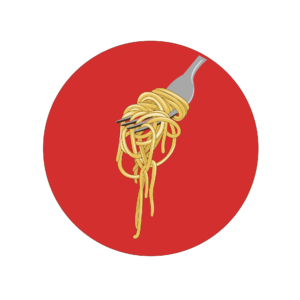
THE BACKSTORY
GEOGRAPHY
Gragnano is one of the many little towns in the hills South of Napoli (Naples).
It been one of the biggest producers of pasta. At one point, a bit more than 70% of the town was employed in the pasta business, or supporting companies.
Spaghettini is thought to have originated in Napoli, during the boom of the bronze die era extruders, that allowed for more refined shaping, in the mid 1700’s.
THE COOK
PRO TIPS
If you’re going to cook great pasta, know the WHY of it, and why a pasta like Garofalo, helps you look like a pro. Remember these tips:
- Boil your noodles with kosher salt. Salt is a FLUID EXCHANGER. When you add it to the boil, it helps the “hooks” in the pasta impart more flavor into it. For many dishes, I’ll toss in a clove or two of garlic, to establish a flavor. You can also use a boquet garni, cheesecloth with herbs, or spices, tied into a pouch.
- Watch your boil. Once you achieve a rolling boil, and put the noodles in, lower the heat. Use a thermometer to keep it around 95-100°C/200-212°F. If it’s rolling, and foaming, you’re overcooking the pasta, extracting starches, and flavor, that you want to preserve. You can keep pasta in very hot, non-rolling water and cook it perfectly. Avoid “traditional” overcooking that relatives have taught to you.
- Forget the oil myth – An old grandma’s tale is that you put oil in to SOFTEN the pasta. First, the only way to do that is to overcook the pasta. Oil is HYDROPHOBIC. It sits on the surface. To boil it enough that the oil breaks down, you’re also breaking down what’s good in the pasta. You’re also turning the oil, any oil, bad. Hydrolyzing oil, in boiling water turns it gummy. That’s great, for bad pasta, that has no adhesion, which is probably why people, using cheap pasta, notice that it works, to some level. On the other hand, you’re also changing the nature of the fats, in the oil, to a kind of unstable trans-fat, which isn’t good for you. BASTA! Buy great bronze-die pasta, and let the “burrs” do the work of opening up the noodle to the flavors.
- Saucing Secret – If you’re going to toss the pasta in oil, or egg/cream, then cook it straight to al dente, around 4 minutes. If you’re going to use it in a thinner sauce, like marinara, wine/butter, or broth/stock, remove the pasta with about 3:00 minutes remaining, and put it into a hot pan of that broth or sauce, already cooked, to soak up the flavor, and finish both. If it’s still too al dente, just add a LITTLE BIT more water, and cook a another minute. .
WHY SPAGHETTINI?
Spaghettini is a step down, in noodle width, from spaghetti. In the long, round pasta, the order, from thick to thin, is:
Other than a minute, or three less cooking time, for the fatter pastas, why choose this one over the others?
Mouth feel, and ingredient adhesion, are the two big factors in picking any of the long pastas, flat, or round. Round pastas have a very satisfying mouth feel that puts the noodle at the top of the show.
Round noodles work great in thinner sauces, that aren’t as heavy/thick. Everything from marinara, to a cacciatore, to a pesto, which, when the oil heats up, absorbs basil and salt into the pasta quickly.
Flat, are great for capturing everything from clam bits to peppercorns and capers, and thick, thick sauces.
Shorter noodles, and bigger pieces of proteins, go well.
Spaghettini is one of those great noodles to adhere to more fine, and soft foods, spices, etc.
TRADITIONAL USES
Spaghettini picks up a lot of use with small items, and oils/broths, where they penetrate it faster.
- Spaghettini Arrabbiata - Spaghettini in olive oil with pepper flakes and salt
- Spaghettini Aglio e Olio
- Spaghettini with Lemon and Ricotta
- Spaghettini with avocado and pink peppercorns
- Thai chilled noodle salad
A FEW RIFFS
- Spaghettini Tamago with Matcha, nested around ikura (salmon eggs) and a quail egg
- Spaghettini Mojo Aji - a Peruvian inspired sauce with finished with tender bay shrimp
- Spaghettini with finely chopped Pancetta and dried Brazilian Shrimp, Garlic and Green Olives
- Spaghettini with minced Brussels sprouts, EVOO, manchego cheese, smoked paprika
- Spaghettini with anchovy, white beans, garlic, EVOO and roasted panko breadcrumbs and Maldon sea salt flakes.
MY TAKE
I’ve cooked with a LOT of different pastas, including house-made. Short of owning your own brass extruder, and carefully importing your Italian durum semolina wheat, both expensive propositions, for the average home chef, if you’re looking to achieve amazing results with your pasta dishes, you have to start with the best ingredients. This spaghettini can take any sauce, or even some dry preparations, like cheese and seasoning, and deliver spectacular results!
Of all of the pasta companies, from Italy, whose pasta I’ve ordered, Garofalo is consistently the best.
The mouth feel of their cappellini, like all of their pastas, is, well, incredible. Unlike a lot of cheaper “Italian” brands, like Barilla, it absorbs, sauces, and flavors, yet still retains the beautiful flavor of the wheat.
That’s why their No. 4 spaghettini receives my five-diamond Choicestuff™ award.


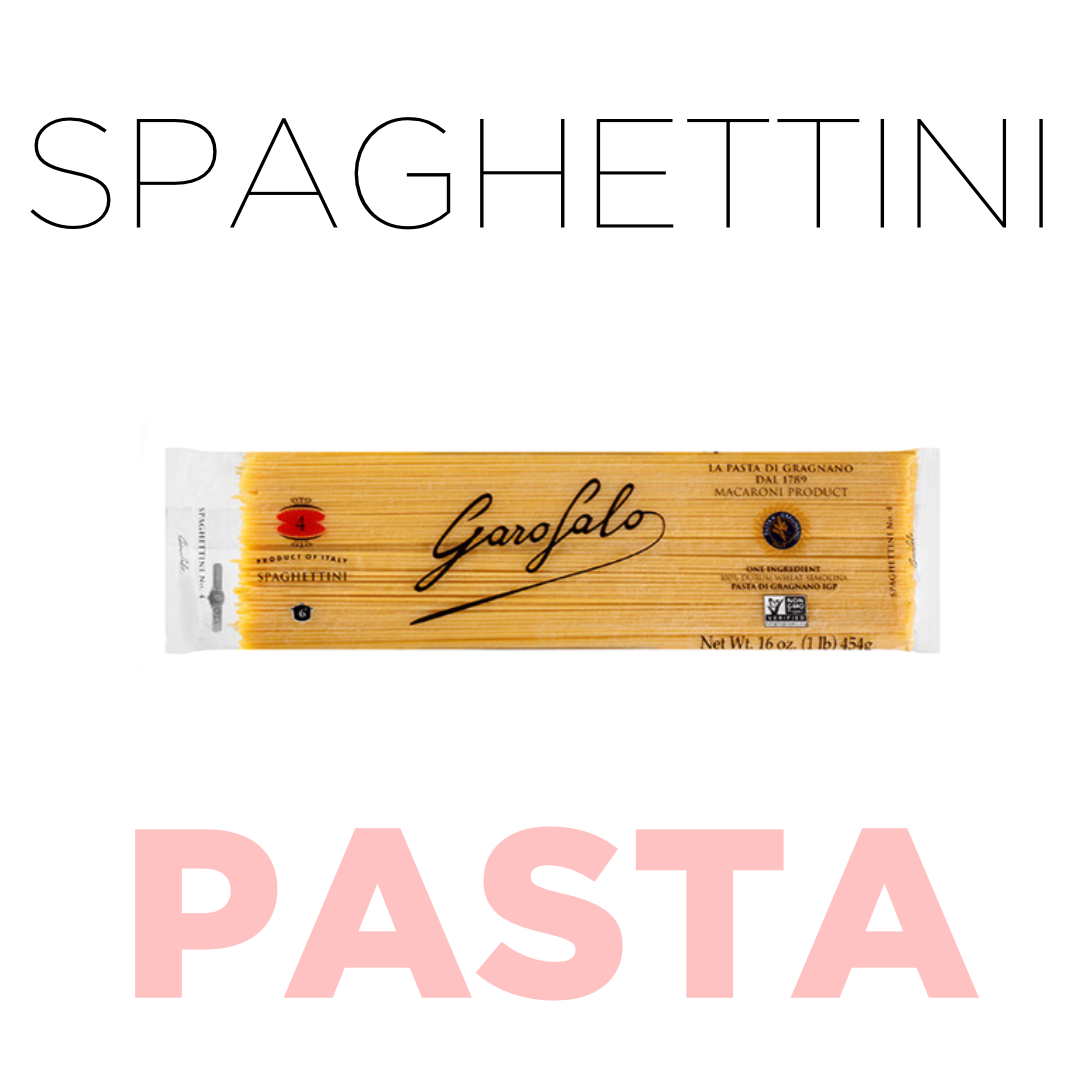
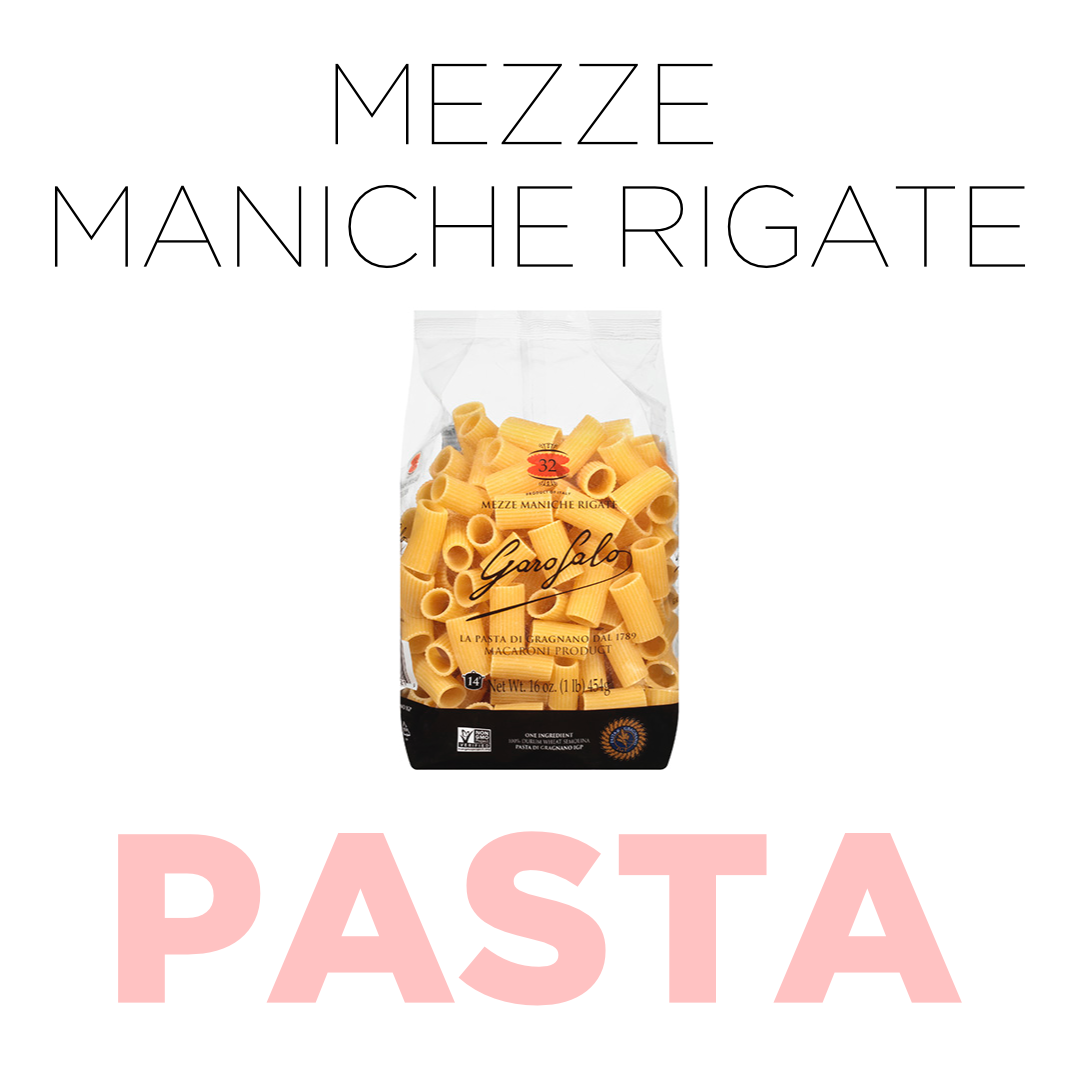
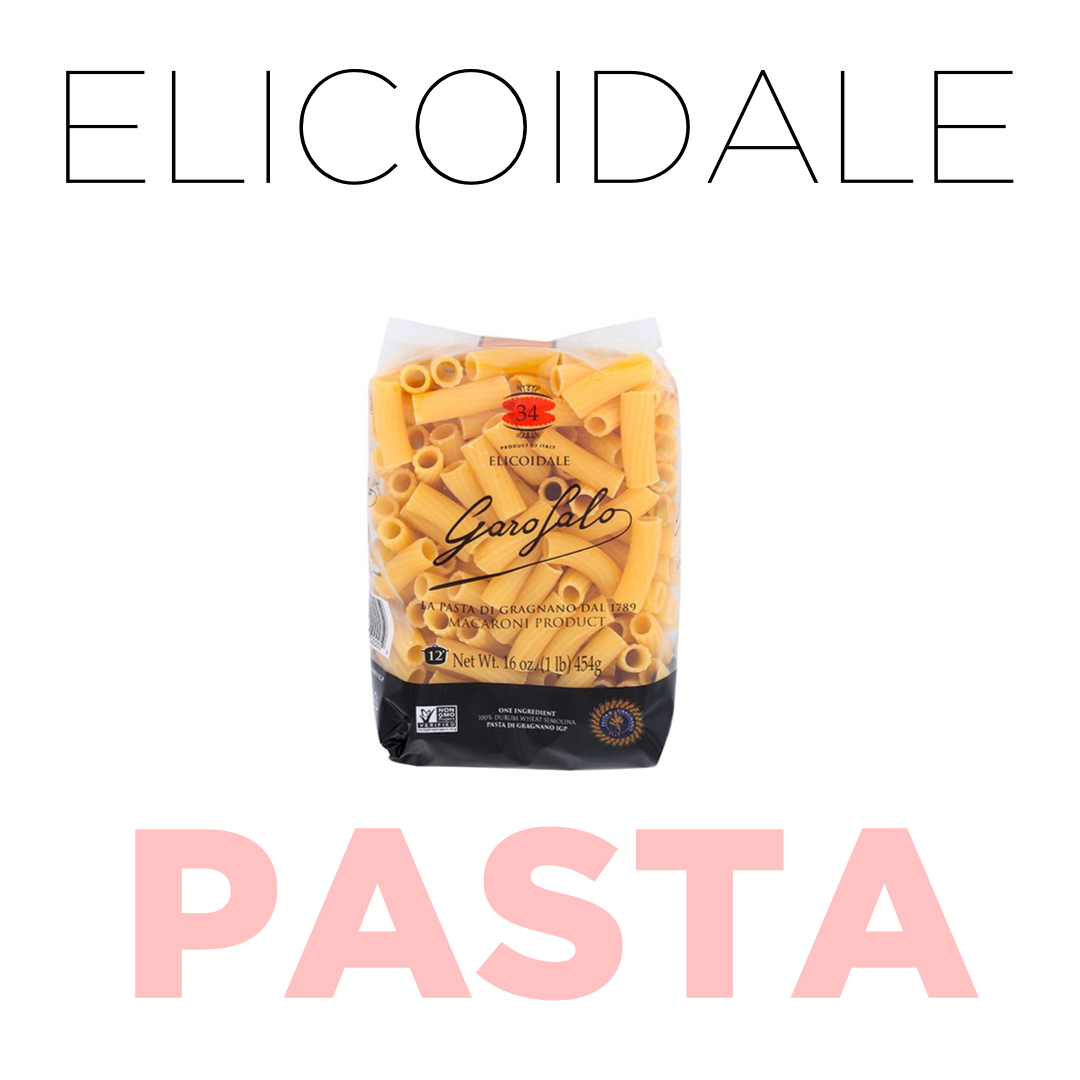
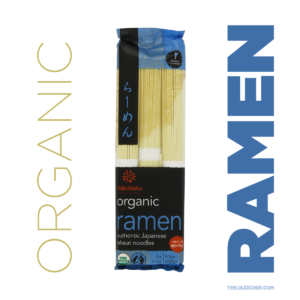
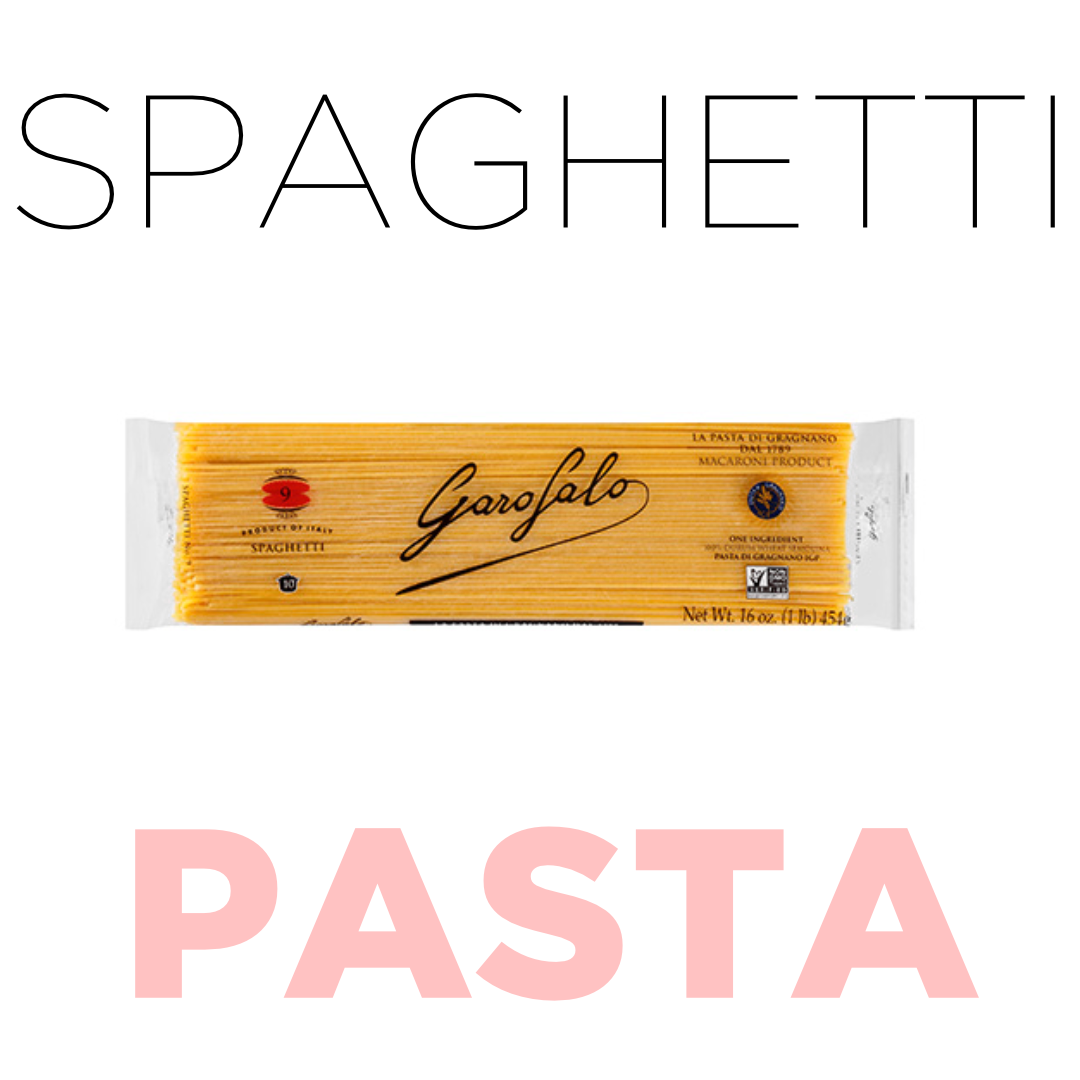
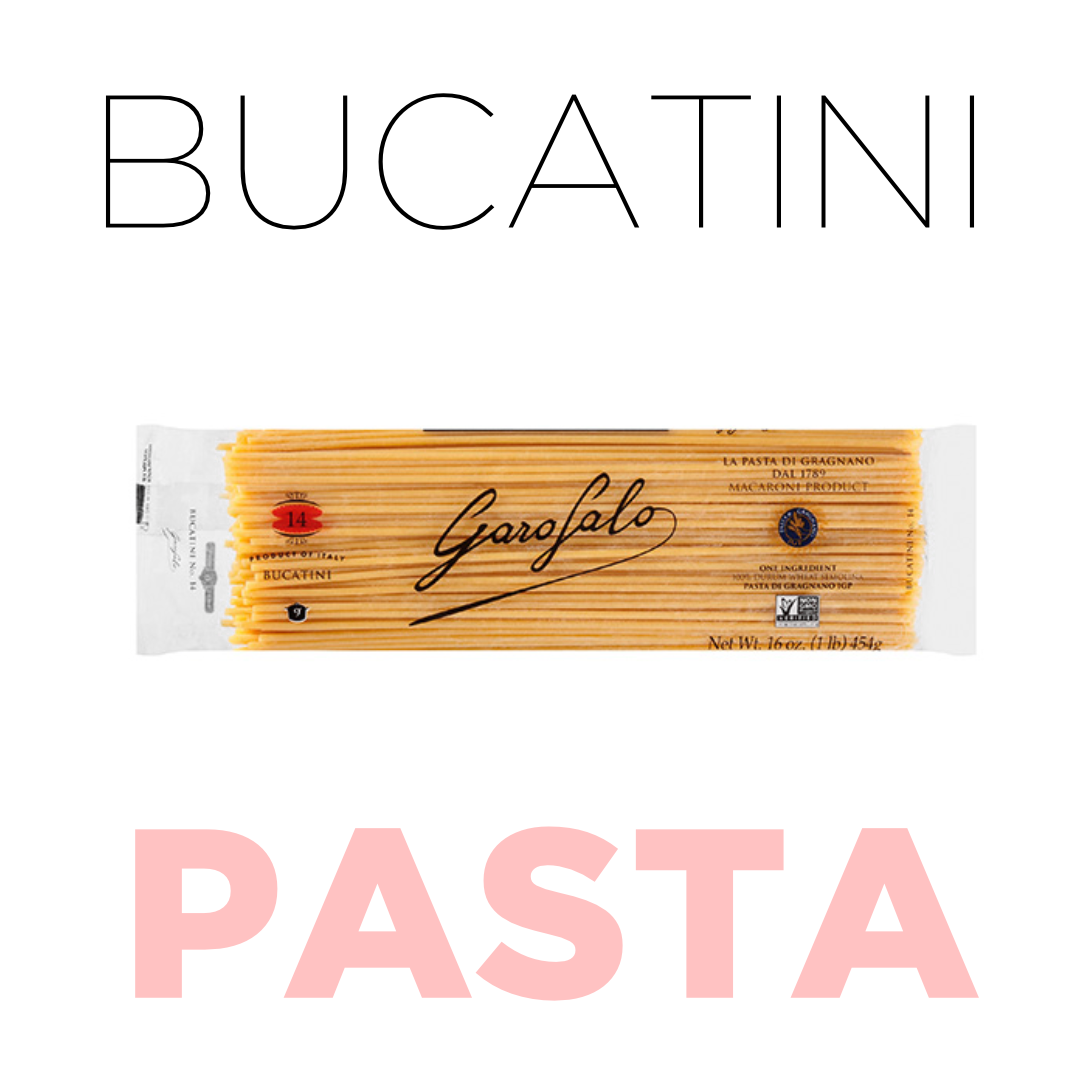
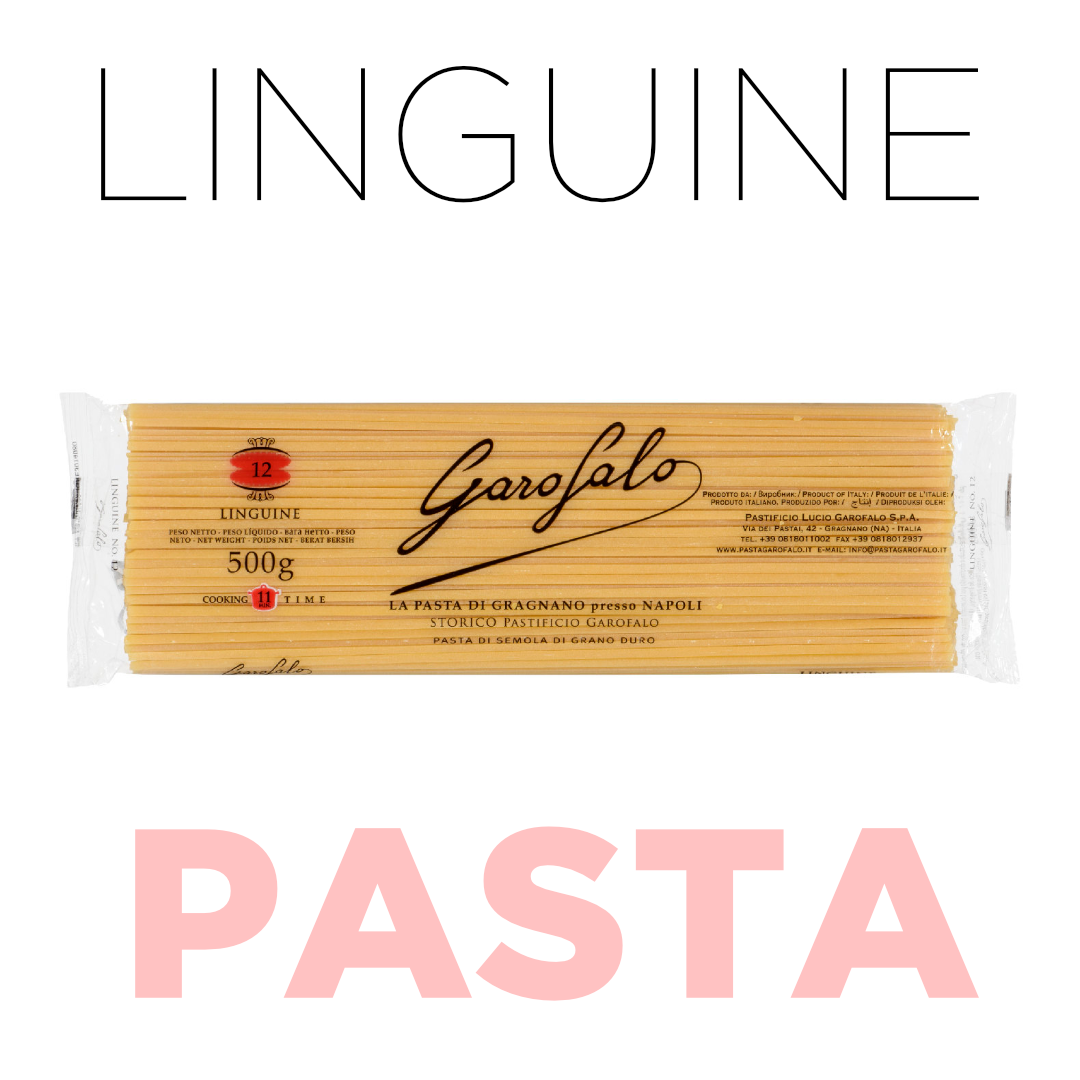
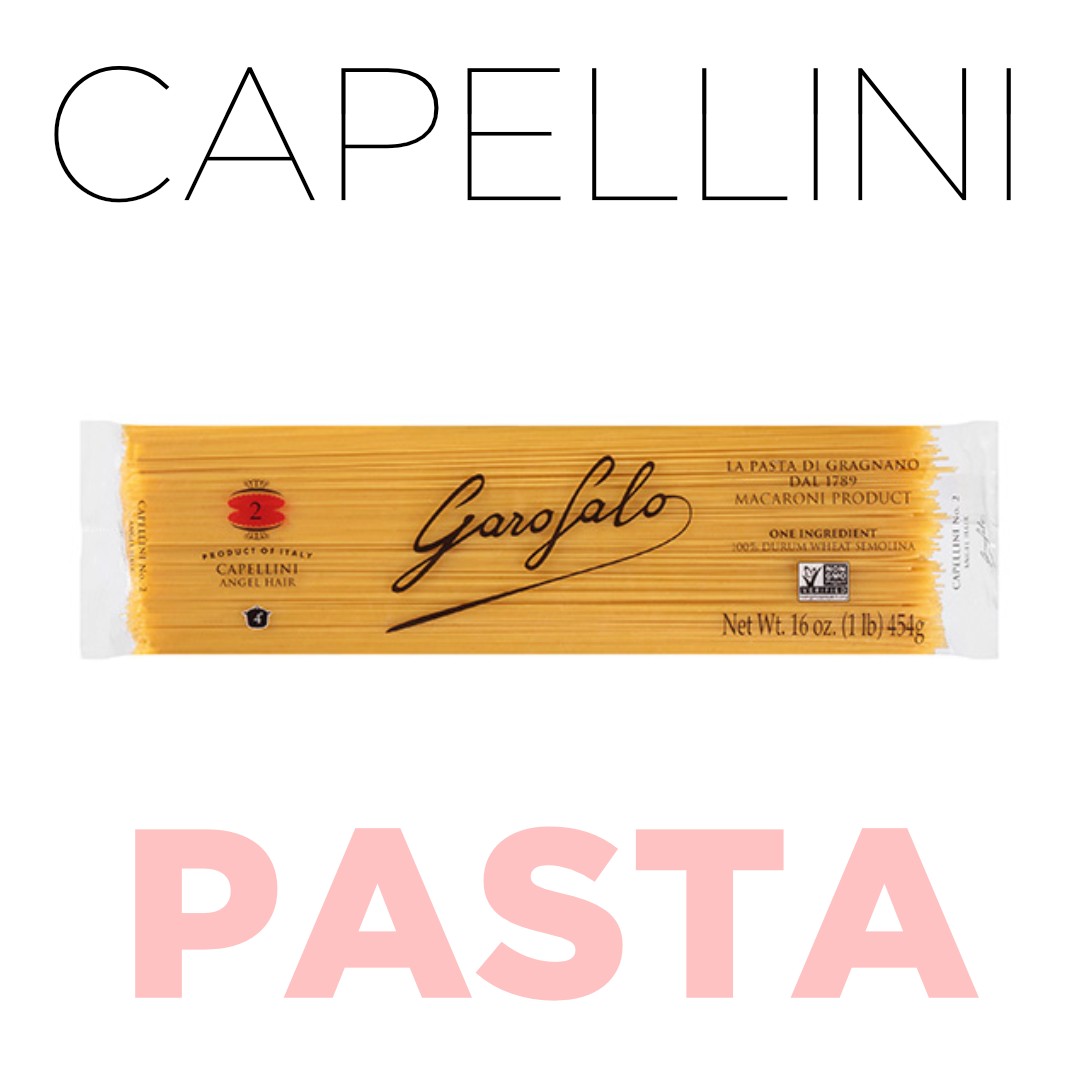
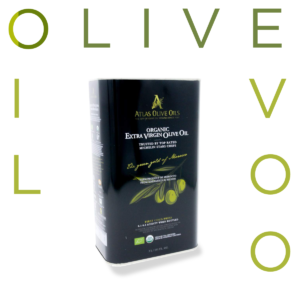

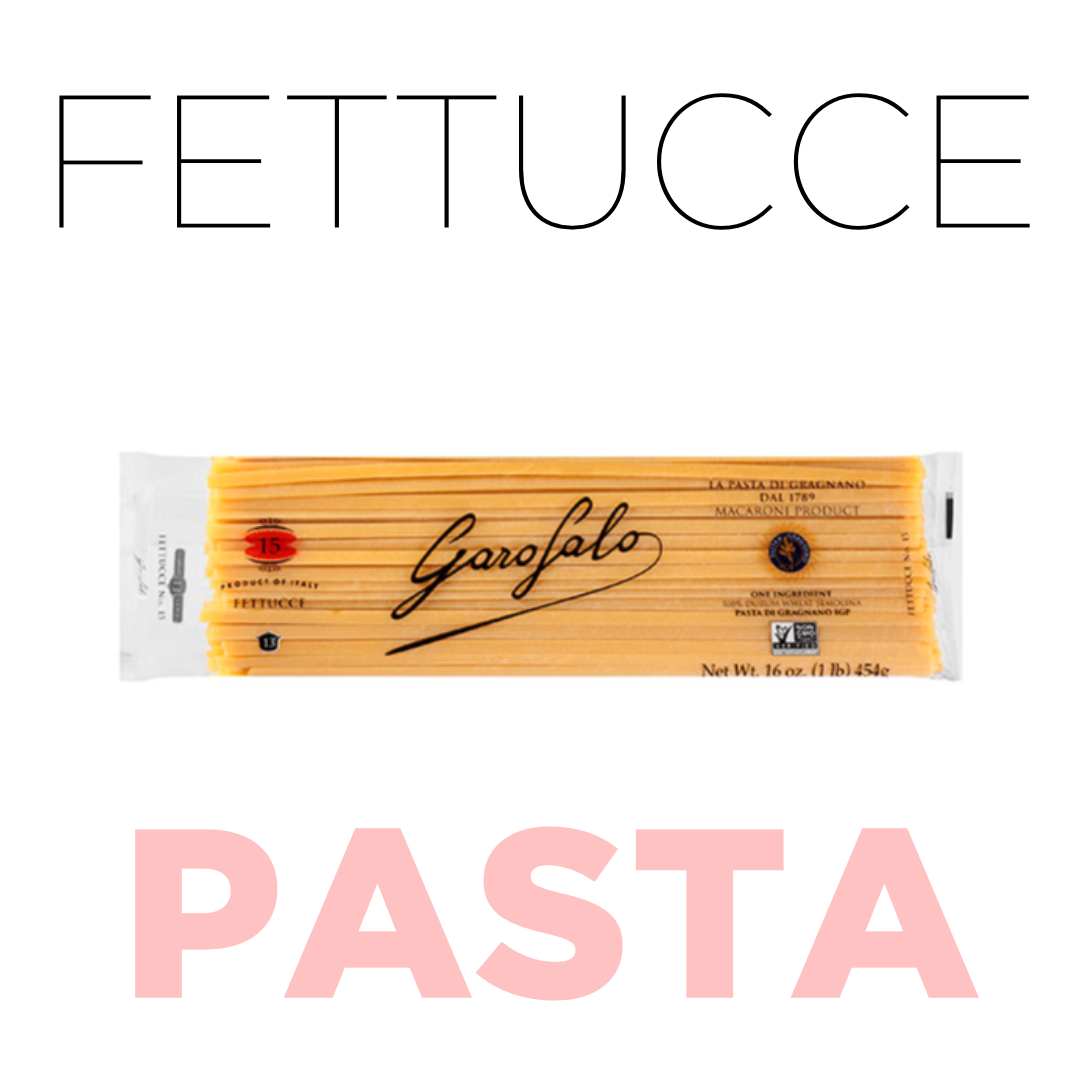
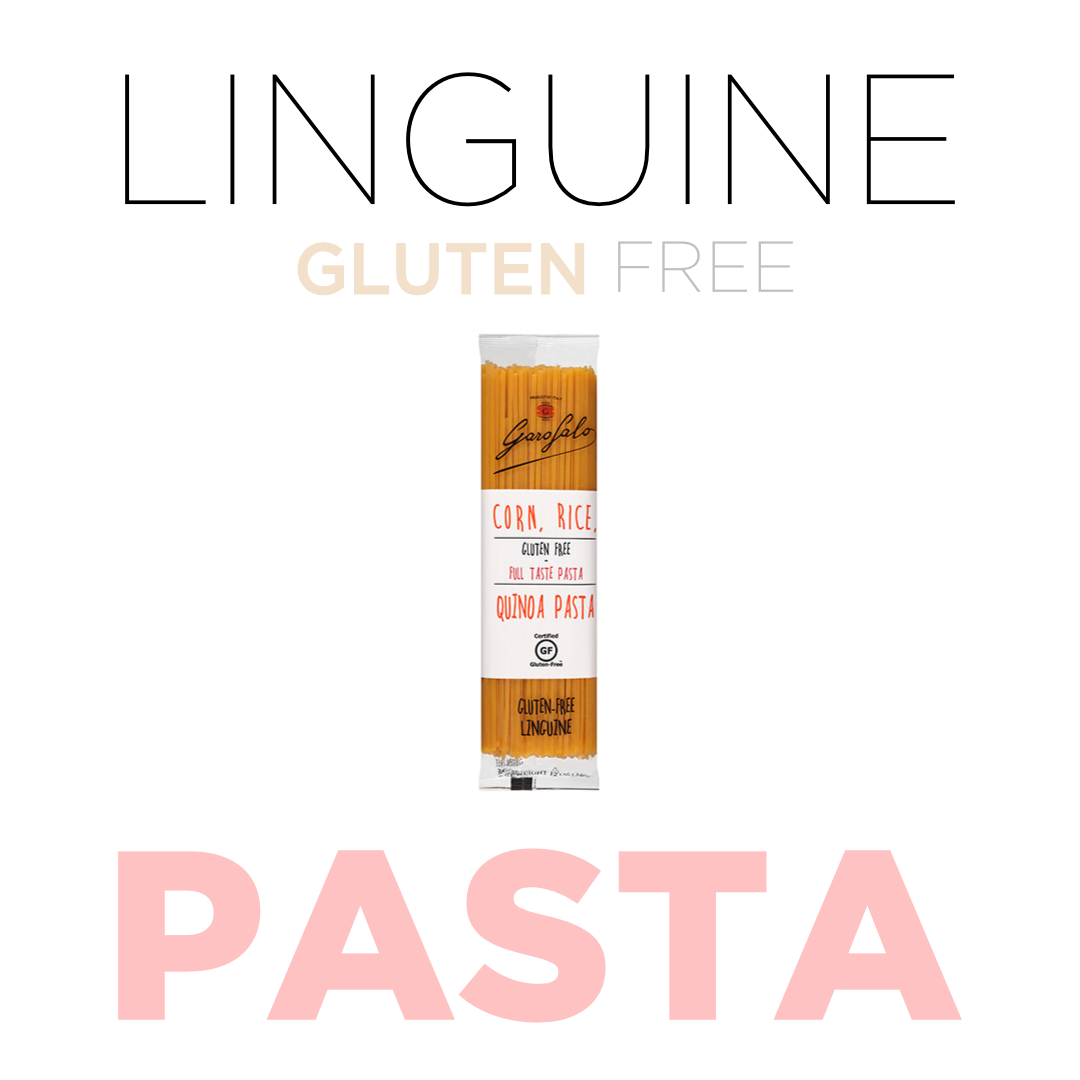
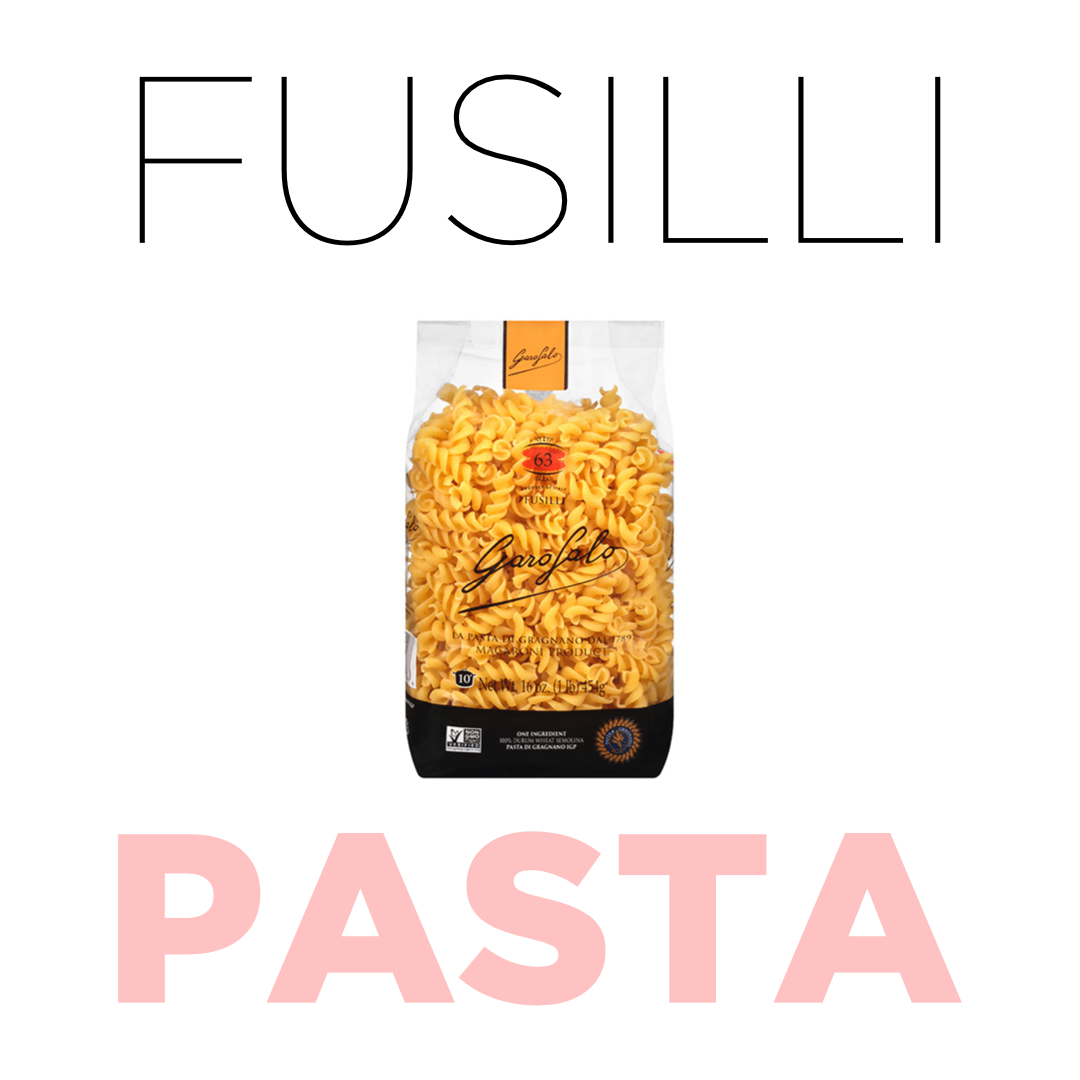
Reviews
There are no reviews yet.